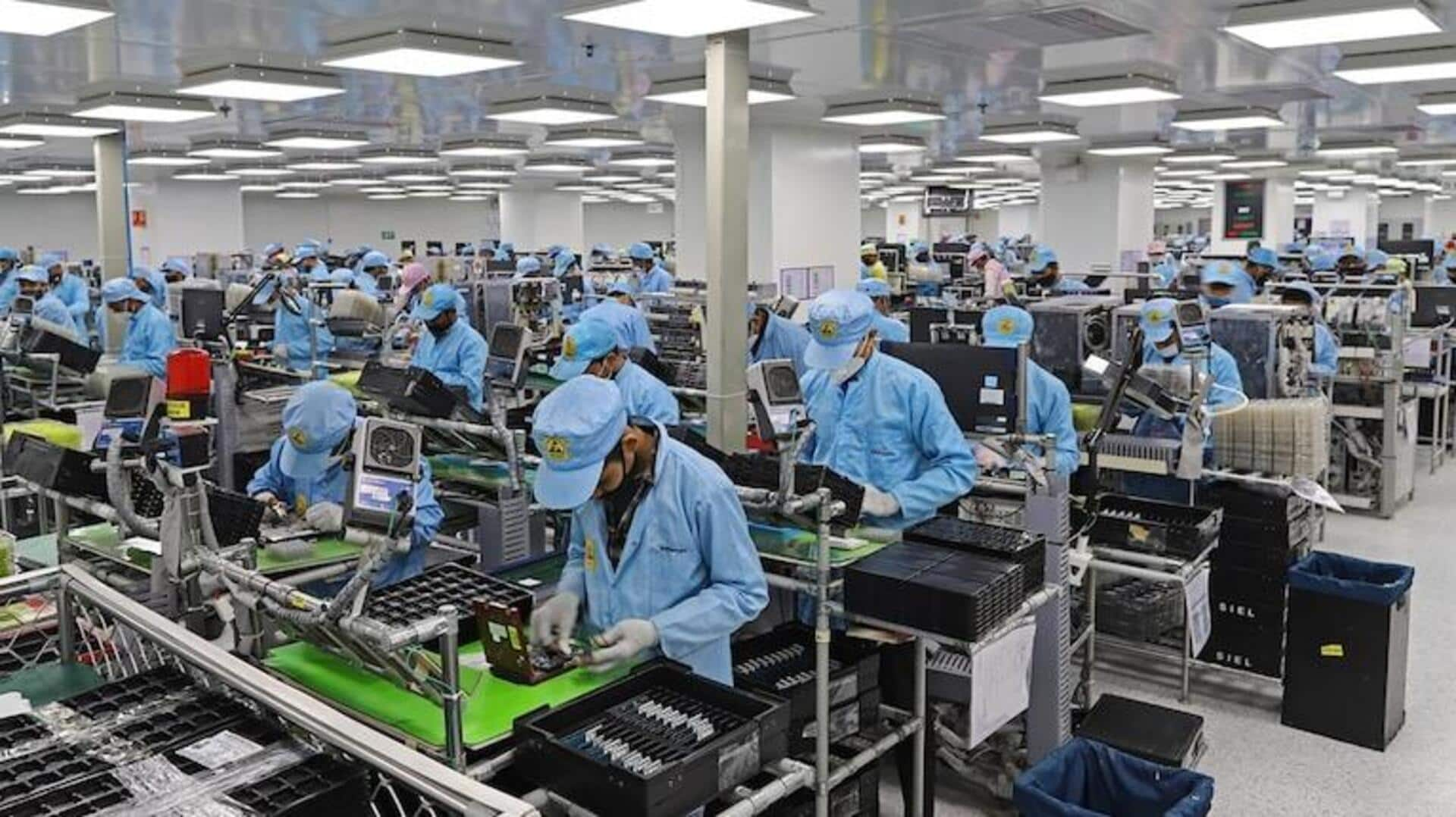Design and Purpose
The hole present on the backs of numerous plastic chairs serves as an important functional aspect beyond mere design aesthetics. This strategic inclusion
aids significantly in the overall manufacturing process, including lessening the amount of plastic needed. Reducing plastic consumption correspondingly lowers production costs, making the chairs cheaper to make. Furthermore, the hole introduces better air circulation, preventing uncomfortable situations by allowing heat and moisture to dissipate. During storage, the hole simplifies stacking by allowing the chairs to be interlocked. This design reduces the space needed for storage and distribution. In summary, the hole is an ingenious solution that combines cost efficiency, comfort, and practicality, resulting in a more sustainable and functional product for manufacturers and consumers alike.
Weight Reduction Benefits
The strategic incorporation of a hole into the design of plastic chairs has a notable impact on the product's overall weight. By reducing the amount of material needed for construction, the chair becomes notably lighter. This weight reduction provides benefits throughout the chair's lifecycle, starting with the ease of transporting the chairs from the manufacturing facility to retail outlets. This ease of transport can, in turn, bring down transportation expenditures. Subsequently, the lighter design makes it effortless to move the chairs. This is crucial if the chairs must be moved from one location to another, such as in a school, cafeteria, or at home. Therefore, the hole’s contribution extends past mere aesthetics; it’s an intelligently designed feature that increases both the convenience and economic efficiency of plastic chairs.
Air Circulation Advantages
Beyond reducing weight and production costs, the hole in plastic chairs plays a key role in improving air circulation, leading to an enhanced comfort. The open space enables air to move freely, thereby mitigating heat buildup on the user's back. This is particularly significant in hotter climates or during extended sitting periods. The airflow also diminishes the accumulation of moisture, making the chair more agreeable to sit in for longer spans of time. The design feature prevents discomfort that often is caused by chairs that trap heat and perspiration. The hole thus gives an important function in improving user experience by offering a more comfortable and less sweaty sitting environment. This simple, yet effective, engineering decision shows how thoughtfully-integrated design can lead to practical and meaningful advantages.









